8 Most Expensive Foods Not All People can Afford
Most expensive foods that can be seen all over the world that only some can afford to buy and to experience.
There are some foods that cost more than millions because of it’s delictable taste and aroma that can satisfy our tasted buds but somehow are you wondering if these foods is worth the tag? Here are some pricy and rare foods that you nay find interesting tell us if you tried one of these.
1. Saffron
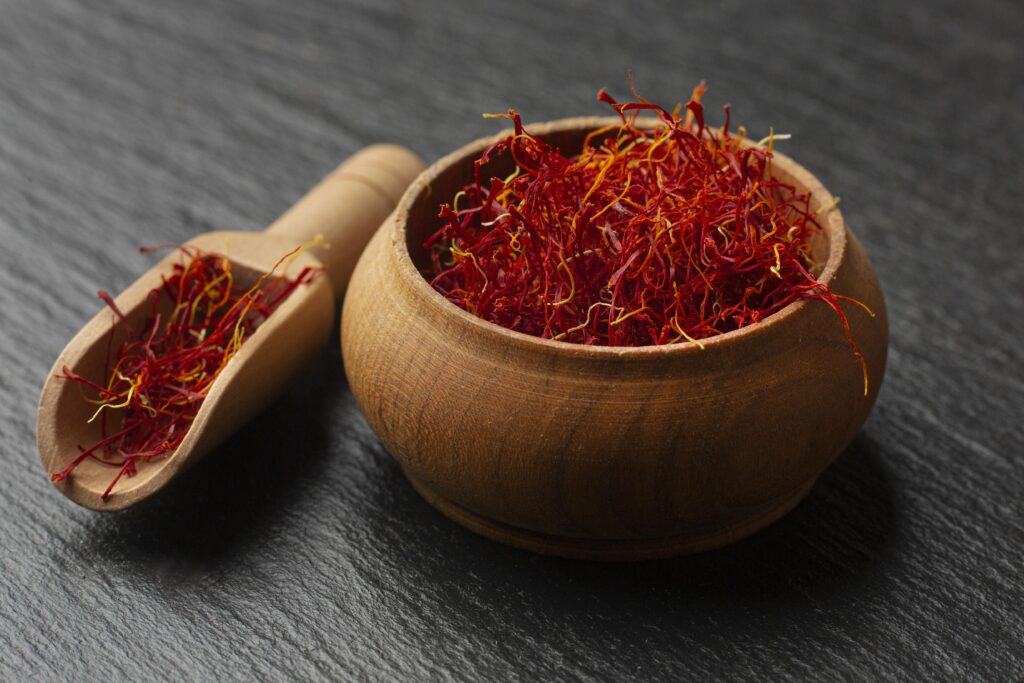
The likelihood that saffron was used in the same pot as your rice increases if it is a brilliant yellow color. The spice, sometimes known as “Red Gold,” is the intensely colored stigma (or threads) from a crocus flower and is used to color meals. Why is something so little so expensive? Weight for weight, it costs more than pure gold. The explanations are straightforward: Saffron crocuses only bloom for a week or two in the autumn each year; manual harvesting is required for the spice; and because each small flower only has three stigma, it takes around two football fields’ worth of crocuses to produce a kilogram of saffron. That’s almost 300,000 blooms, to be exact!
2. Caviar
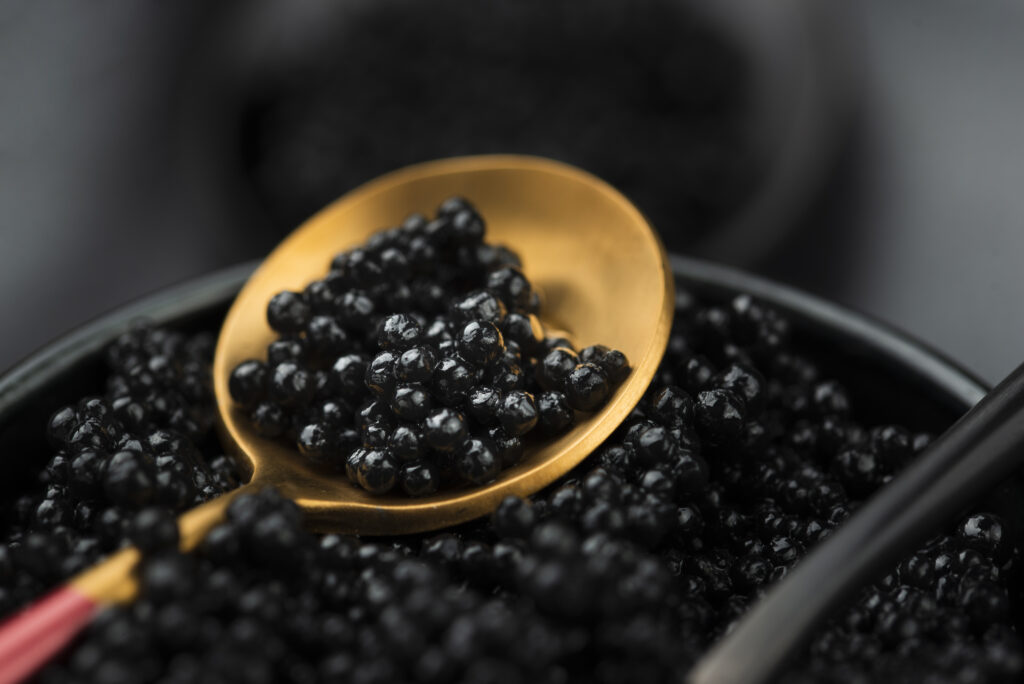
One of the great delicacies of the world is caviar, which is the preserved roe of the sturgeon fish. It’s difficult to handle and package, but more importantly, it’s extremely uncommon. The beluga sturgeon, which may be found in the Caspian and Black Seas, produces the most renowned caviar. Based onb the report of BBC, very few of its eggs are now allowed for sale, making them extremely endangered. The beluga sturgeon can take up to two decades to achieve maturity and adult size! Even more uncommon is the albino sturgeon’s roe, which is now all but extinct in its natural habitat. The most expensive caviar ever recorded was from an elderly (perhaps 100 year old!) albino beluga fish, whose white caviar sold for nearly $34,500 per kilogram, according to the Guinness World Records. That’s steep, my cod!
3. Oysters

Oysters weren’t always the diet of the super-rich, despite the fact that they are now regarded as a luxury. Belong in most expensive foods because Oysters were a staple diet for the working classes in coastal areas at the beginning of the 19th century, and they were so inexpensive and plentiful that they were even used to bulk up meat pies.
The cost of oysters has significantly increased as they have become more scarce.
But oyster stocks have been severely damaged by overfishing and pollution, and their value has increased as a result of scarcity. In a renowned seafood restaurant in London, a dozen will cost you about $51.
It appears that some individuals are content to spend money on one or more slimy mollusks. Of course, you are also purchasing the oyster’s notorious aphrodisiac properties. Take care who you eat dinner with!
4. White Truffle
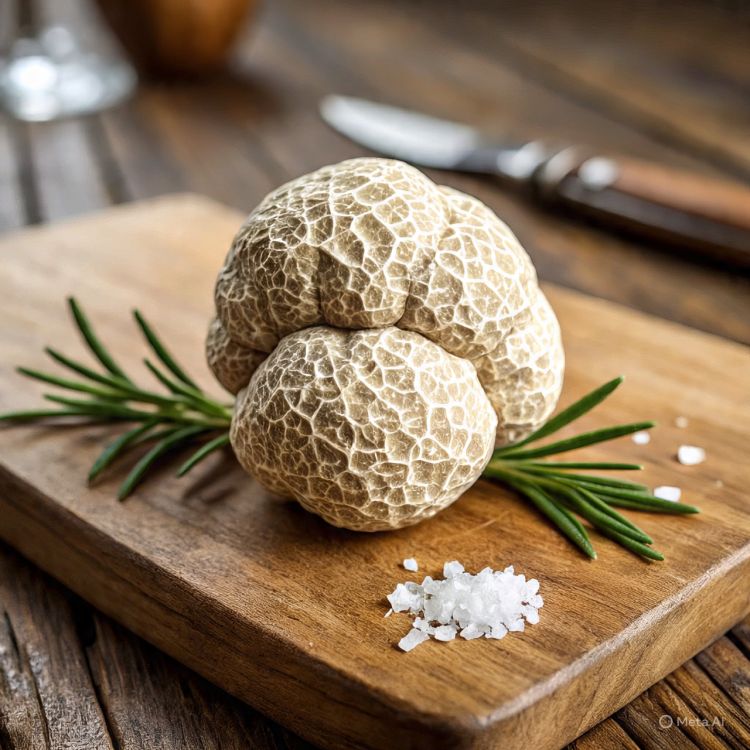
Most expensive foods is white truffles, which can only be found in the Piedmont region of northern Italy, are considerably harder to come by than any other kind of truffle and have an especially potent flavor and perfume.
Although people have tried for years to farm the truffles, they can only be found in the wild. They cannot be planted or farmed. The reason for their high price is their unpredictable nature, as well as the lengths people will go to in order to find and harvest them.
Casino owner Stanley Ho of Macau paid the highest price ever for a single white truffle in 2007. For one of the largest truffles discovered in decades, he paid over $330,000 (£165,000).
5. Iberico Ham
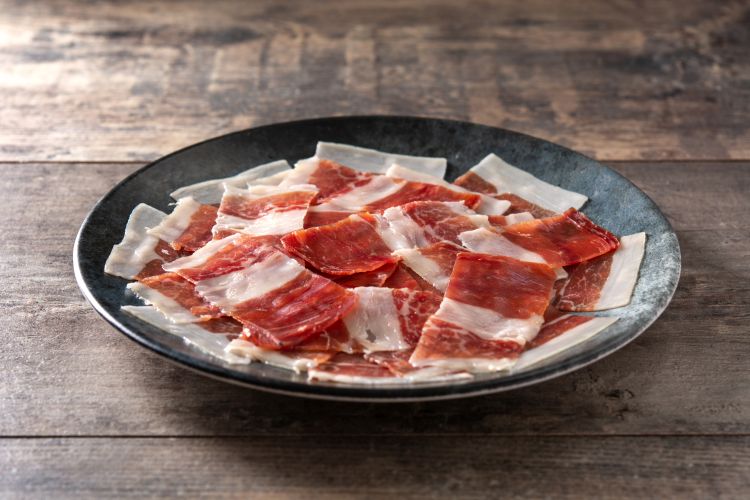
The best Iberico ham comes from free-range pigs that are fed only acorns in the later stages of their lives. It is a type of cured ham made in Spain and Portugal.
The report mentioned that, Iberico ham is divided into several categories, with “black label” ham—made from 100% pure-bred Iberian pigs that forage through oak woodlands in search of acorns—being regarded as the best. Additionally, the ham is aged for a full 36 months of curing! The most expensive leg of ham currently on the market, according to Guinness World Records, is an Iberian “Manchado de Jabugo,” which costs an astounding £3,192.76. (as of 20 March 2016).
The ham legs are then aged for up to six years even though the pigs are only raised for three years.
6. Wagyu Beef
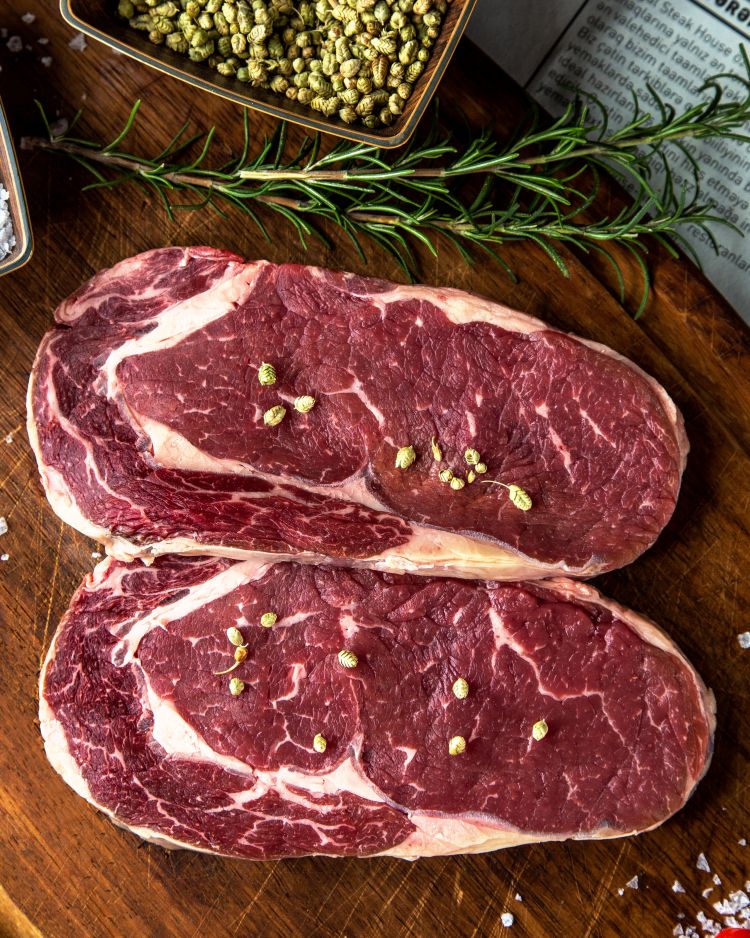
Most expensive foods is Japanese beef, also known as wagyu, can be produced using any of four different kinds of Japanese cows. The flesh is heavily marbling with fat, which renders down while cooking to produce delicate, juicy, melt-in-your-mouth meat. It crumbles like a delicate piece of fish, according to some admirers. The reason for the high price tag is directly related to the rearing procedure: in order to earn the Wagyu mark, cows must be raised and fed in accordance with stringent regulations, with calves receiving special feed to ensure the distinctive fatty marbling. One of the most valued cuts of beef, Kobe, can sell for up to £500 per kg in Japan. Such a large sum of money.
7. Kopi Luwak Coffee
In a strict sense, it is a beverage. However, given that bags of kopi coffee may cost up to $700 per kilogram, it is unquestionably deserving of a spot on our list. Kopi luwak, often known as civet coffee, is manufactured from coffee beans that Asian palm civets or civet cats ingest, partially digest, and then feces. Doesn’t seem very appetizing, does it?
Always look up the origin of your coffee.
Others say that it’s just a gimmick that produces a very awful espresso. Some people think that the animal’s stomach acid’s role in digestion and fermentation enhances the flavor of the coffee. Sadly, there are an increasing number of extensive civet farms, where the animals are force-fed and kept in cages similar to those used for battery hens.
8. Foie gras

A costly pâté produced from fattened duck or goose liver is known as foie gras (to up to ten times its normal size). The product is pricey and has a flavor that is buttery, rich, and delicate, but the geese and ducks that are forced to eat corn through feeding tubes pay a bigger price than we ever will.
When the ancient Egyptians discovered that many birds could be made obese through forced overfeeding, they began to practice it around 2500 BC. Many nations now have regulations that forbid the consumption of foie gras as well as its production, importation, and sale.
You may also visit: Finestra Italian Steakhouse Price and Other Details
